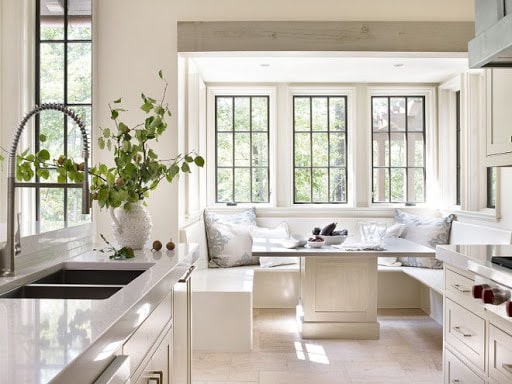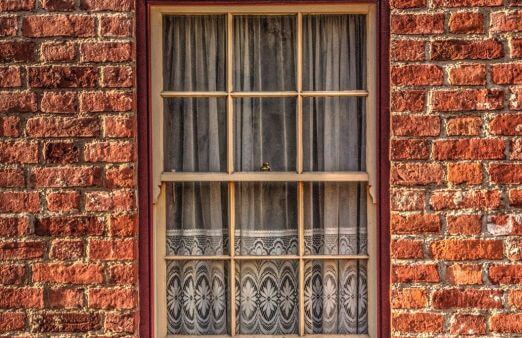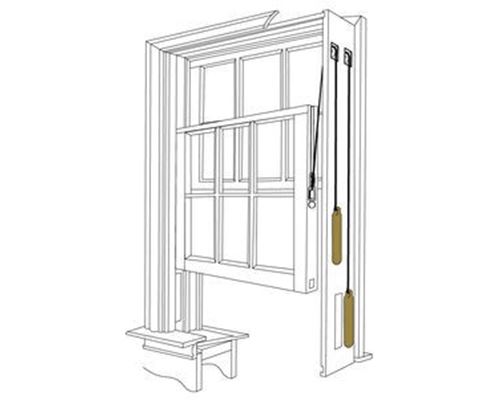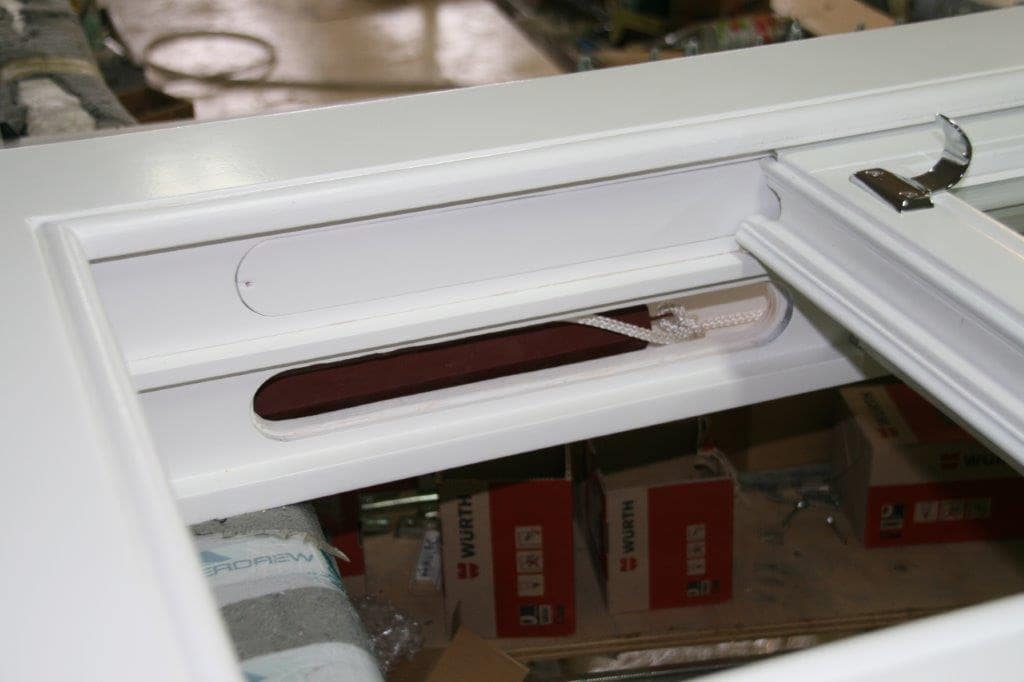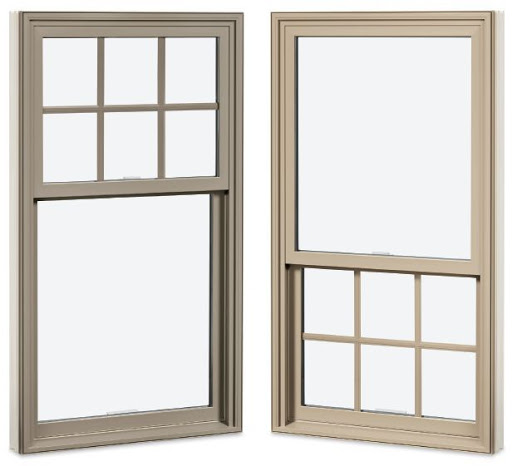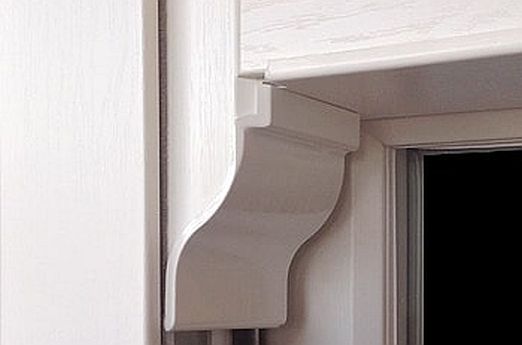Everything you need to know about English sash windows

In this article, you will learn more about English sash windows. Among others, you will find out how windows work and how they are constructed. Here you can also read about history or eventual problems that can occur during installation or when using.
Sash windows – what is this?
A sash window or a hung sash window consists of one or more movable and glazed panels or ‘sashes’ that are enclosed in a window frame and constitute a common structure in the form of a box with weights or springs hidden inside cavities in the sides of the window frame.
Often the panes in the sashes of this type of windows are separated from each other by thin slats, so-called muntins or Georgian bars.
Although any window with this glazing style is technically a sash, the term is used almost exclusively for windows where the glazed panels are opened by shifting vertically or horizontally (in a style known as ‘Yorkshire light’) a sliding sash or sash and case (called so because the mechanism and sashes are connected with each other by means of a case/box).
History of english sash windows
The earliest preserved specimens of SASH windows were installed in England in the 1670s, for example at Ham House (photo on the right). The invention is sometimes attributed to Robert Hooke, although without conclusive proof. Others consider the SASH window a Dutch invention.
The window is often found in Georgian and Victorian houses, and the classic division of the window grid with muntins has three columns and two rows on both sashes, resulting in six windows per six panels, although this is not a fixed rule.
The term ‘sash windows’ is used interchangeably with the term ‘box sash windows’ in the UK and is often used to describe the same thing.
Historically, box windows are heavier and more impressive than modern sash windows, but both terms are used in the industry when referring to the same type of window.

Sash windows history...
Mechanism and application
As I mentioned earlier, SASH windows usually have hidden weights or various types of springs in the side cavities. In modern solutions, the so-called spiral balances are also used.
They serve to facilitate the operation of such a window.
In windows with weights, the weight of a glazed sash is usually balanced by heavy steel, lead, cast iron or other balance hidden within the window frame, so that the sash does not slide when the window is opened and stops at the spot chosen by the user.
The weight and sash are connected to the window by means of a woven cotton cord or chain, which runs through line pulleys, guides located in the upper part of the frame.
Unfortunately it has it's drawbacks.
Repairing a damaged cable or incorrectly weighed balance in a mounted window requires disassembly of a part of the window frame, unless the window has an access eye allowing this type of repair as shown in the photo on the right.
In the diagram on the right, you can find some exmamples of spring and spiral balances:
4a. Clock spring balance / tape balance
4b. Spiral balance
4c. Block & tackle balance (channel balance)
Other elements of a sash window construction you can find in the 2nd and 3rd picture.
Double hung window
The term ‘hung sash window’, which is more common in the United States than in Great Britain, usually refers to a double hung window that can move up and down within the frame.

Cottage type of a window with a double hung sash.
Important advantage of double windows
An important advantage of double windows is that they provide effective cooling of interiors during warm weather.
Opening both the upper and lower parts of the sash window by equal amounts allows warm air to escape from the top of the room, and thus drawing relatively cool outside air into the room through the bottom opening.
A double hung window in which the upper sash is smaller (shorter) than the lower one is referred to as the cottage window.
A single-suspension window has two sashes, but usually the upper sash is fixed and only the lower sash is movable. Triple- and quadruple-suspension windows are used for high openings, common in New England churches, which were traditionally single-glazed.
These windows are common in older buildings in warmer climates because they promote airflow and are easy to clean.
What materials are windows made of?
Sash windows are often decorated with various ornaments, but the most commonly used element is the so-called horn, mounted on the lower edge of the upper sash.
The structure of SASH windows is usually made of coniferous wood (softwood – most often pine), and in places of heightened exposure to damage such as a window sill and the sliding sash rail, coniferous hardwood (e.g. meranti, teak and oak) is used.
PVC and vinyl sash windows
PVC or vinyl windows have been available since the first PVC window frames were introduced in Germany in the 1960s. Windows made of these materials have dominated the window industry, and since 2017 over 50% of all window sashes in the USA are made of vinyl.
Vinyl sashes offer many benefits to the manufacturer and are generally the cheapest type of window for the consumer. Plastic waterproofing and easy installation are also an advantage. Problems include durability.
Over time, the plasticizing chemicals used to create flexible vinyl sashes evaporate, leaving the material fragile and prone to cracking.

Problems with PVC windows include durability.
Vinyl is also weaker than wooden and aluminum sashes and requires additional support in large window openings. Vinyl is also used on wooden windows as exterior cladding to protect wood from weathering, but allows the interior of the window to benefit from the appearance of delicate wood.
This material is also available in a wide range of colors and textures, although white is by far the most common. It is mainly limited to use in residential buildings and low-rise commercial buildings due to its flammability and toxic fumes produced during combustion.
In the future, fire-resistant versions of PVC windows may be used in the construction of high-rise buildings, but at present flammability and toxic fumes are a significant obstacle.

Aluminium and wood are much more durable than vinyl.
Most common problems
Common problems with solid wood structures are due to the natural properties of wood and include:
- rotting – wood undergoes bio-corrosion in contact with water: high humidity causes the growth of fungi that contribute to wood rotting
- swelling – due to absorption of water vapor from the environment: high humidity leads to an increase in the dimensions and volume of the wood, which leads to the swelling of the wood
- cracks and rattling in the wind – due to shrinkage (reduction of its dimensions) in low humidity: the wood gives off excess water (so-called desorption), which leads to its shrinkage, and because the wood does not shrink evenly, warping and cracks occur
- woodwork distortion – resulting from the processes listed above
These problems can be prevented by thorough and careful impregnation, painting and varnishing of wood during the production process. The sliding mechanism makes sash windows more susceptible to these problems than traditional sash windows.
Sash windows are relatively difficult to maintain, but offer benefits in return (style, aesthetics; they comply with regulations [for older homes and buildings], and are made of natural raw materials, etc.).
However, well-made and maintained windows should last for generations without having to replace parts. It is also possible to clean the entire glass from the building, moving two sashes to different positions, which would seem to be a problem in windows mounted at a height.
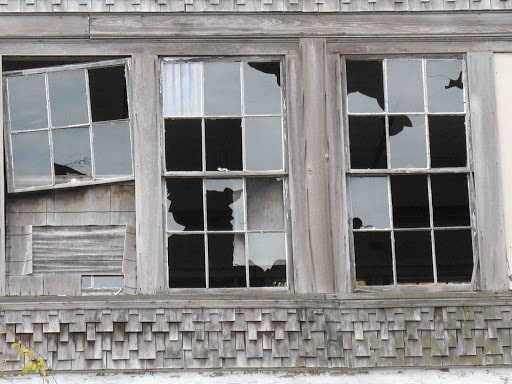
You can avoid many problems thorugh careful impregnation and varnishing of wood.

